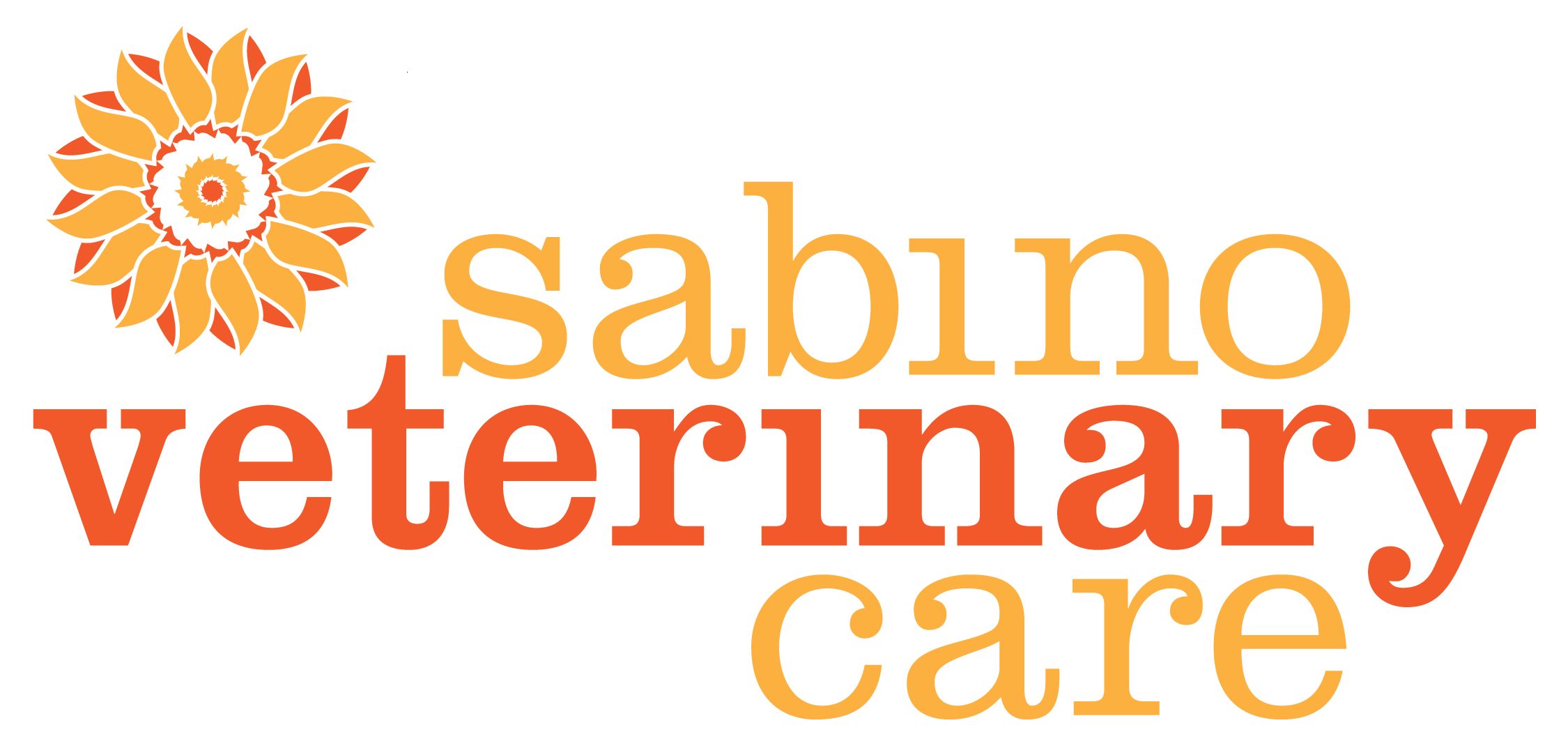This week I saw a young, otherwise healthy 5 year old poodle terrier mix that came in for yearly wellness exam. She has excellent owners that have been doing everything possible to keep her healthy.
She was on a high quality, grain free diet. She was taken to the dog park and exercised twice a day. She was spoiled appropriately and the center of their lives. Not surprisingly she was perfect in every way but she hated her nails cut and her teeth brushed so every 6 weeks she went to a groomer. Recently the groomer made the addition of a “pet dental technician” who was performing dental cleanings (i.e. scraping her teeth) every few months.
When she came for her exam we found that she had severe periodontal disease. Her teeth were so painful that examining with just my fingers caused her to flinch and pull away. I can’t imagine how much pain she must have been in to have these teeth scraped.
We anesthetized her and found that most of the normal bone around here teeth was gone (periodontitis), she had significant mobility and abscesses around the roots of her teeth. All In all she lost 15 teeth. This was a tough lesson for these fantastic owners and a good reminder to me why this supposedly innocuous procedure can in fact be devastating.
It’s easy to see the draw for anesthesia free dentistry – we all have fears of placing our pets under anesthesia for what seems to us to be a fairly routine procedure.
In the human world a dental cleaning is easily performed twice a year without the aid of anesthesia so it seems very logical that our pets could also have a gentle cleaning procedure done twice a year without the assistance of anesthesia. The difference, obviously, is that most people will sit quietly and allow the hygienist to clean all sides of the teeth and to probe, sometimes uncomfortably, up under the gum line to look for periodontal disease. In addition, radiographs (or X-rays) are taken of our mouth to look for cavities and problems hiding below the gum line. None of this is possible on a dog that is awake.
A groomer or “pet dental hygienist” is able to remove the visible calculus from the crown of the tooth but in reality this does little good to the overall oral health of the pet. At best they are brushing the teeth, a procedure we recommend all our pet parents do, at worst they are using dental instruments to scrape the calculus from the crown of the teeth. This is where the simple procedure actually can becomes damaging. Dental equipment used without training can cause microscopic abrasions and damage to the enamel of the teeth. Without polishing to remove these pits and grooves the bacteria and calculus just form faster.
There are a number of things that owners can do at home to help prevent dental disease.
- Brushing their teeth even once or twice a week, can help slow down the formation of plaque and calculus.
- Dental chews such as Greenies, CET chews or Vetradent treats (VOHC* approved) can be helpful if the dogs actually spend time chewing. Pets that get too excited and just gulp them down obviously won’t get the benefit.
- Toys such as Nylabones, Kong dental and twisted rope toys can help to remove plaque but these toys should be used under supervision, some dogs have literally “chewed off more than they can swallow.”
- Avoid tennis balls – the rough surface can file down the teeth and lead to exposure of the sensitive root canal (balls are OK for fetch, they cause damage when the dogs use them as a chew toy)
- Water and food additives that may help retard the formation of calculus. HealthyMouth (VOHC approved) and Oxyfresh are two water additives on the market.
What's Next
Call us or schedule an appointment online.
Meet with a doctor for an initial exam.
Put a plan together for your pet.

